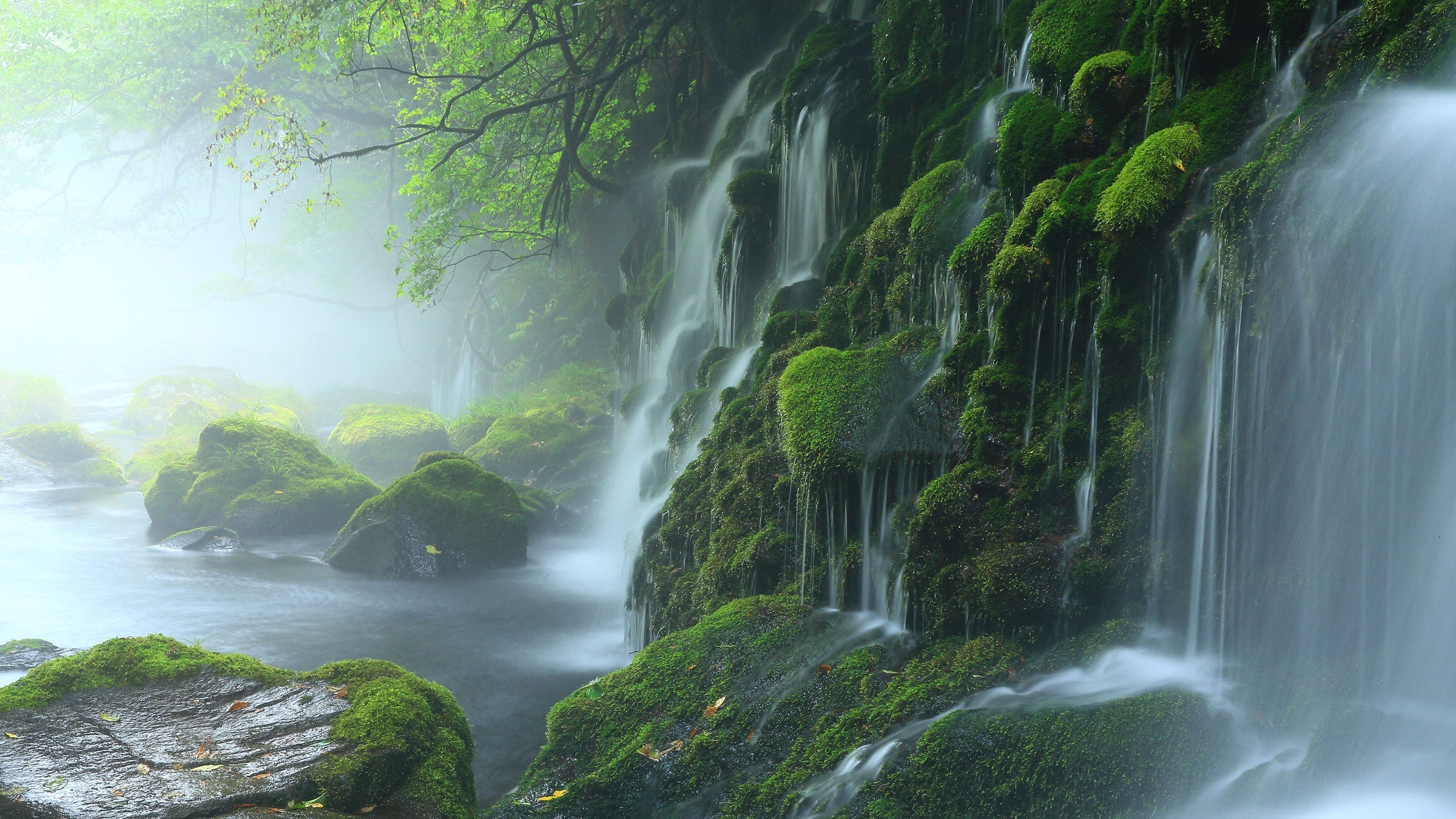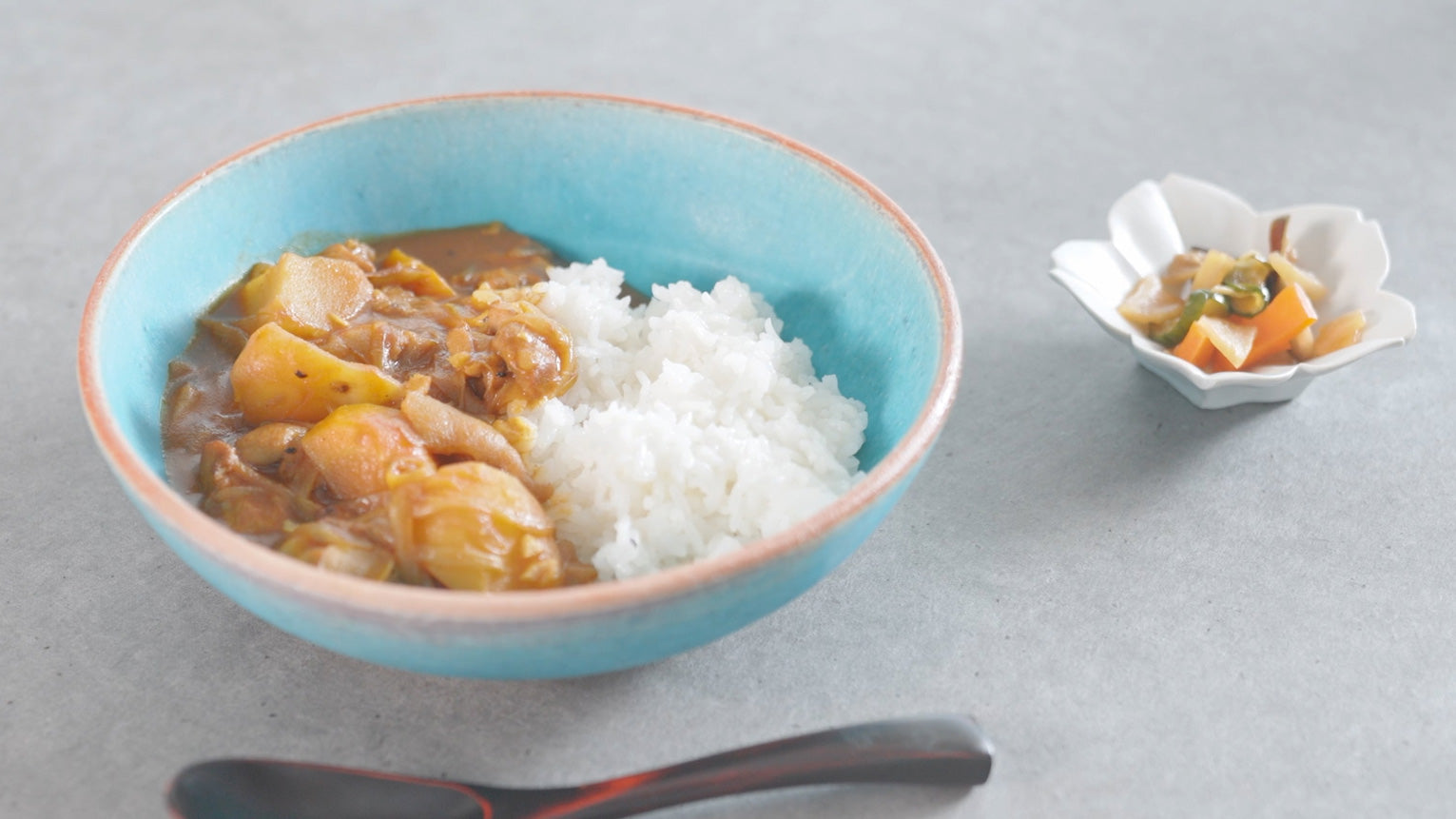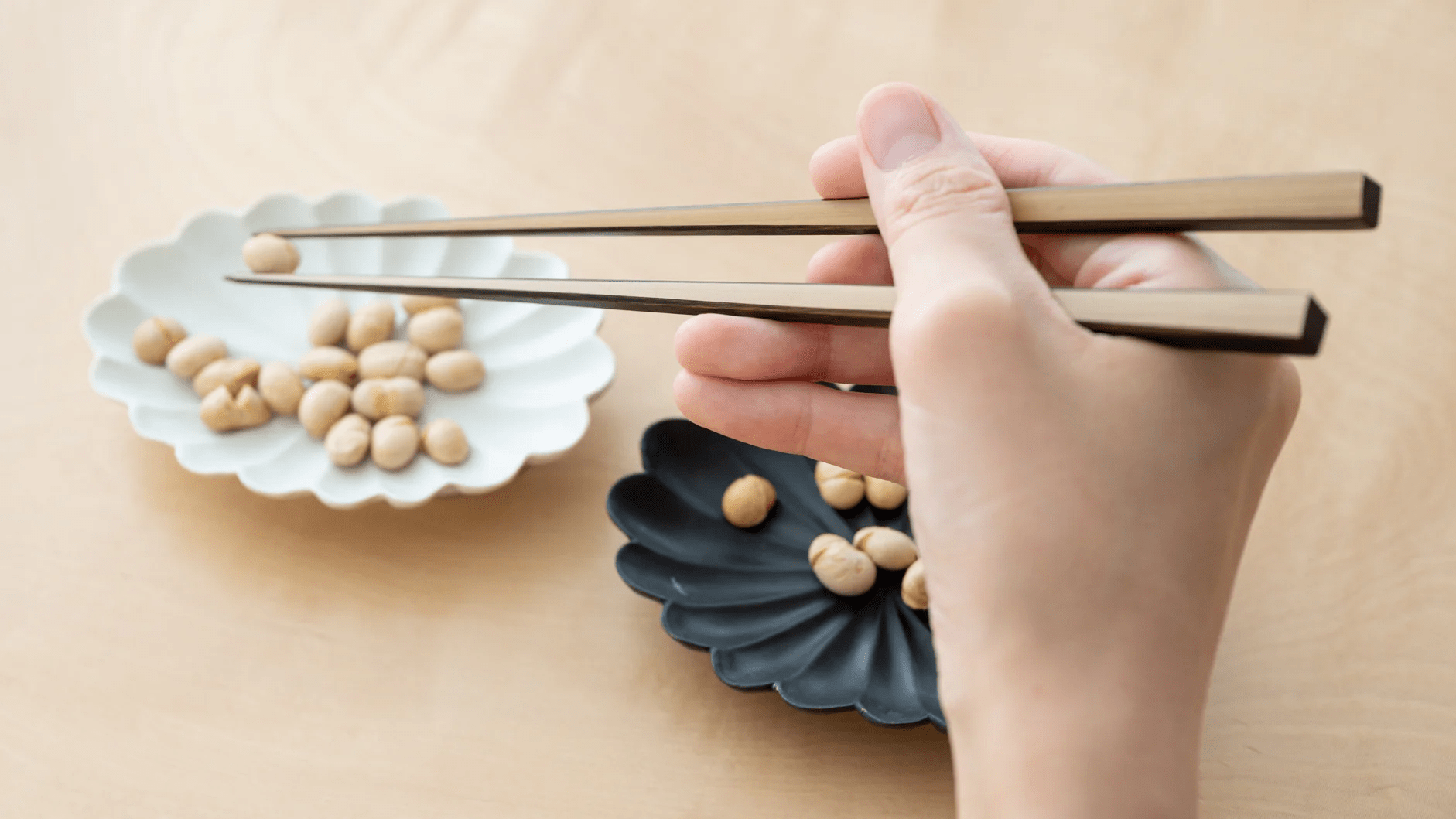
Water Cuisine: How Soft Water Shapes Japan’s Traditional Food Culture
Written by Ito Ryo
The food culture of any region is shaped by a unique set of factors ranging from geography to climate to trade routes. In Japan, one factor that has played a decisive role is water.
Water: we can’t live without it, but how many of us have truly thought about it?
The humble ingredient H 2 O is, in fact, so important to Japanese food culture that washoku, Japan’s traditional gastronomy, is also referred to as “water cuisine.” Water plays such a vital role in washoku that when Japanese chefs work abroad, they sometimes go to the extent of bringing water all the way from Japan to use in their cooking.
In what ways has Japanese water influenced Japan’s traditional food culture? And what can the culinary role of water tell us about the essence of washoku?
Table of contents
The Ingredients Made Possible by Japan’s Water

Japan’s landmass is over three-quarters mountainous, rich in forests, and receives 1,700 mm (66.9 in) of rainfall per year, more than twice the world average.
The rain and snow that fall in the mountains flow into groundwater and rivers, nurturing mountain trees, watering paddies that produce rice, and fostering a diverse array of vegetables, fruits, and other crops. It is none other than this water that has built Japan’s rich ecosystem, supporting a broad variety of edible wildfowl, game, and marine products. So, although far from the ocean, forests upstream support the lives of even ocean creatures by providing nourishment through the flow of water. A Japanese saying sums this up evocatively: “The forest is the lover of the sea.”
Microorganisms, too, benefit: Japan’s moist climate is the ideal environment for koji mold, a key component of Japanese fermented foods such as sake, soy sauce, and miso.
Japanese Foods and Cooking Methods Made Possible by Japan’s Water
Many of Japan’s mountainous regions have steep gradients, and as a result, Japanese rivers tend to flow at extremely high speeds compared to major rivers abroad. The Dutch engineer Johannis de Rijke, newly arrived in late-19th century Japan for river engineering projects, was astonished at the sight, exclaiming, “This isn’t a river, it’s a waterfall!”
But besides its surprising speed, what else makes Japanese water so special?

Most of the water flowing into Japanese rivers originates as rainwater that falls in forested mountain regions. As this rainwater seeps into the ground, the soil acts as a natural filter. Meanwhile, trees and plant roots suck up nitrogen, phosphorus, and other elements that fertilize plants but pollute rivers. This water, now improved in quality, either surfaces as spring water or flows into rivers, rushing down the steep mountain slopes toward the sea. Without any points of stagnation or turbidity, and with very little contamination, Japan’s rivers are a plentiful source of clean water. It is these pristine waters to which quite a few uniquely Japanese ingredients and cooking methods owe their existence.
The steamed rice, for instance, that the Japanese people have been eating for over two thousand years is an extremely simple dish, made simply by cooking rice in water. If Japan had not had high-quality water, steamed rice would never have become the Japanese food staple.

Without clean water, it also would have been difficult to manufacture tofu or agar, a jelly derived from algae. With over 90 percent of tofu’s and agar’s content made up of water, it wouldn’t be exaggeration to say that when one eats these foods, one is eating water. Moreover, sashimi, in which fish fillets are lightly rinsed in water and then cut into bite-sized pieces for serving, is also made possible by the availability of clean water.
Another Japanese traditional food-processing technique influenced by clean water is sarashi, in which raw materials or finished ingredients are soaked in water to remove unwanted components. This technique is indispensable for making unique Japanese foods such as kamaboko, or fish cake; konnyaku, konjac; katakuriko, potato starch; kudzu starch; and warabiko, bracken starch.
You Can’t Make Good Kombu Dashi Without Japanese Water
To return to the anecdote at the beginning: why is it that when some Japanese chefs cook abroad, they use water brought from Japan?
One of the major reasons is that the dashi soup base that is so crucial to the flavor of washoku is difficult to make without Japanese water. Made by placing kombu in water and applying heat, dashi changes in flavor based on the type of water used.

Japanese water is soft, low in minerals like calcium and magnesium. Soft water penetrates kombu more easily and is more suitable for sufficiently extracting its umami components, especially in comparison to the mineral-rich hard water commonly found in Europe, the U.S., and elsewhere in the West.
Even within Japan there are regional differences. In the western region of Kansai, home to Kyoto, the local water tends to be even softer than that of the eastern Kanto region, where Tokyo is located. For this reason, kombu—so delicious when prepared in very soft water—came to be used as the primary ingredient for dashi in Kansai, while in Kanto, it was dashi made not from kombu but from katsuo bushi, dried bonito, that has historically been more common. From this trend, strongly flavored Kansai soy sauce came to be added to Kansai-style dashi to curb the fishiness of the katsuo bushi. That in turn led to the creation of dipping sauces for soba and kabayaki sauce for eel.

But why is it that soft water is found throughout Japan? Tatsumi Yoshiyuki, an earth scientist specializing in magma research, offers the following explanation:
“The fact that Japan’s water is soft is related to the steepness of Japan’s mountain slopes. When rain falls on the mountains, it seeps through the surface and becomes groundwater, traveling underground from higher elevations to lower elevations. Because Japan’s mountains are steep, the groundwater does not remain underground for long, so it has less opportunity to dissolve and uptake minerals from the surrounding rock. Moreover, the wide distribution of volcanoes throughout the Japanese archipelago means that a great deal of underground magma has solidified into rock and formed abundant deposits of granite. The fact that granite has a low mineral content is another factor that contributes to the softening of Japan’s water.”
The New Year’s Wakamizu-Mukae Ritual Continues in the Tea Ceremony World

It’s not only dashi that’s affected. Japanese soft water is also said to bring out the true flavor of sencha green tea and improve the foaming of matcha.
The tea ceremony world, which has elevated tea drinking to an art form, maintains a traditional custom in which the very first water of the year, wakamizu, is drawn from the well early on New Year’s Day, then used to for matcha: boiled, whisked up into a foam, and drunk.
The ancient tradition goes that wakamizu is sacred water that, if drunk at the New Year, wards off evil for an entire year. The act of drawing this well water is called wakamizu-mukae, literally “greeting wakamizu” (though it is also known by the more literal term “drawing wakamizu,” wakamizu-kumi), and originates from a Heian period (794–1185 CE) ceremony conducted at the Imperial Court in Kyoto.

Wakamizu-mukae is not, in fact, exclusive to the tea ceremony. Even today, some regions of Japan have the custom of drawing water from wells or rivers on New Year’s Day around four o’clock in the morning, when the water is said to be at its clearest, and using it to brew sencha or cook meals.
Practices such as preparing tea with pure water drawn on New Year’s Day, the first and most momentous holiday of the year, demonstrate yet again the deep relationship between Japanese food culture and water.
Japanese Water Is Indispensable for Brewing Sake

It is not just the unique world of Japanese tea that holds a deep connection with water, but also that of Japan’s most representative alcoholic beverage, Japanese sake.
To make Japanese sake involves not just the raw materials of rice, koji, and yeast, but also large quantities of water. As a result, traditional sake-producing regions tend to be located in areas with abundant water sources.
And it’s not just any water that’s important: the microbial activity of koji and yeast are greatly influenced by the minerals contained in the water used to make sake.
The granite widely present in Japan is, once again, a factor here. Granite contains little calcium or magnesium and is poor in iron, yet rich in potassium. These characteristics are carried directly over into groundwater, and that’s where sake brewing comes in. Potassium is indispensable for the activity of koji and yeast, benefiting brewing, while iron reacts with the components produced by koji in a way that leads to discoloration and an unwanted reduction in aroma and flavor.

Famous sake-brewing regions such as Nada in Hyogo Prefecture, Saijo in Hiroshima Prefecture, and Nagaoka and Uonuma in Niigata Prefecture all contain particularly abundant granite deposits. It is no coincidence that sake production has flourished in these areas. In a rarity for granite-rich areas, the water in Nada, in particular, also contains a large amount of calcium. This activates koji more fully, promoting high-quality fermentation and contributing to the creation of robustly flavored sake. Meanwhile, Kyoto Prefecture’s Fushimi, another famous sake-brewing region, does not lay atop granite but its water also contains no iron, lending itself well to sake production.
So as you can see, Japanese water makes a great contribution to the brewing of sake, and the subtle differences in water quality from one place to another are among the factors that impart each region’s sake with its own distinct character.
From rice to dashi, tea to sake, there is a clear and close relationship between washoku and water.
For me personally, writing this article has made me keenly aware of the enormous and precious presence of water behind everyday ingredients and seasonings like rice, tofu, soy sauce and miso—something I had never thought about until now.
Lastly, I’d like to note that water has profoundly shaped the Japanese view not just of food, but of nature itself. The many different appearances water takes with each season are skillfully reflected in washoku’s dishes and culinary presentation. They also bring us joy as design motifs used in Japanese tableware. At MUSUBI KILN, we carry many beautiful pieces of tableware that skillfully capture the beauty of water, so please take a look—there might just be a refreshing discovery waiting for you.







Leave a comment
This site is protected by hCaptcha and the hCaptcha Privacy Policy and Terms of Service apply.